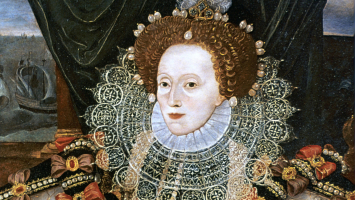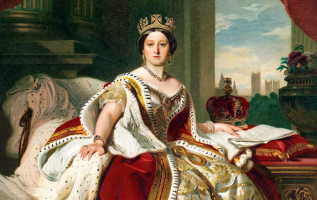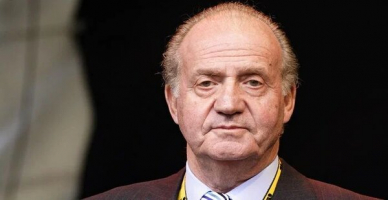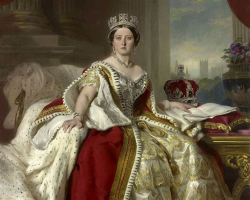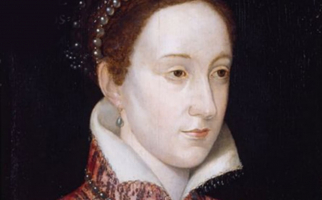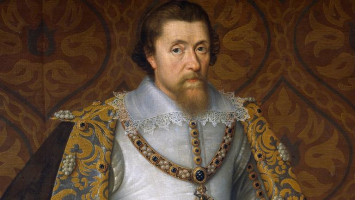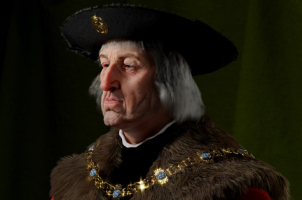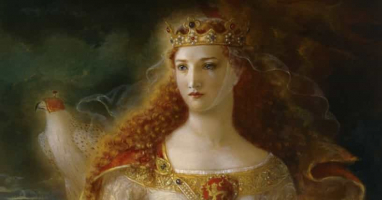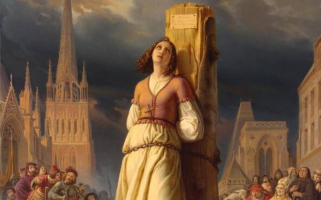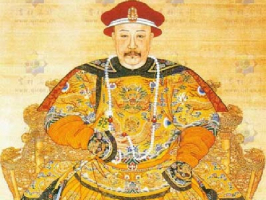Top 10 Interesting Facts About Queen Elizabeth I of England
Queen Elizabeth I (1533–1603) was one of the most prominent & significant monarchs of her era. Elizabeth, the last of the five Tudor rulers, was occasionally ... read more...referred to as the Virgin Queen. She was the daughter of Henry VIII and his second wife, Anne Boleyn. As their marriage was invalid, Elizabeth was considered illegitimate. She ruled England for nearly 45 years, giving the term "The Elizabethan Era" to a glorious period in human history. This post will present some interesting facts about Queen Elizabeth I.
-
King Henry VIII of England's second of six wives, Anne Boleyn, was the mother of Elizabeth I. When Anne Boleyn came back from service at the French court in the middle of the 1520s and started working as Catherine of Aragon's lady-in-waiting, King Henry grew a romantic interest in her. With dark hair, olive skin, and a long, beautiful neck, although Anne was not thought to be especially attractive, the king was obviously captivated by her.
Henry requested an annulment of his marriage to Catherine since she couldn't provide him a male heir and because of his emotions for Anne, but the Pope denied it. However, Henry secretly got married to Anne in January 1533, and six months later, he crowned her queen of England. By the time of her marriage, she was pregnant, and on September 7, 1533, Elizabeth was born. After Anne miscarried in 1534, Henry started to feel desperate for a male heir.
On May 19, 1536, she was sentenced to death at the Tower of London after being accused of adultery, incest, and attempting to overthrow the king. At the time, Elizabeth was 2 years, and 9 months old. Modern historians think the accusations made against her were false or unjustified.
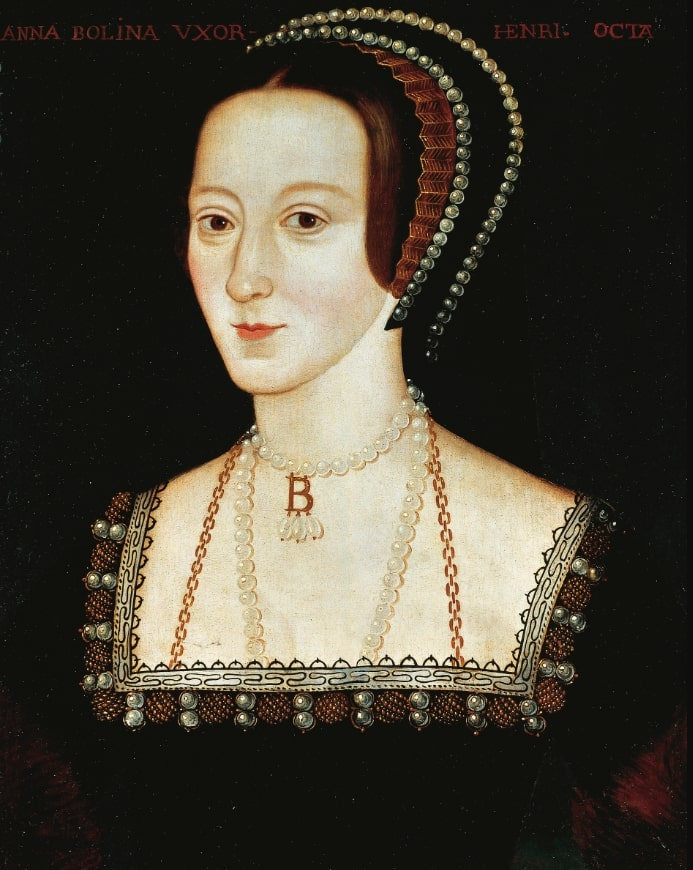
Anne Boleyn - Photo: time.com 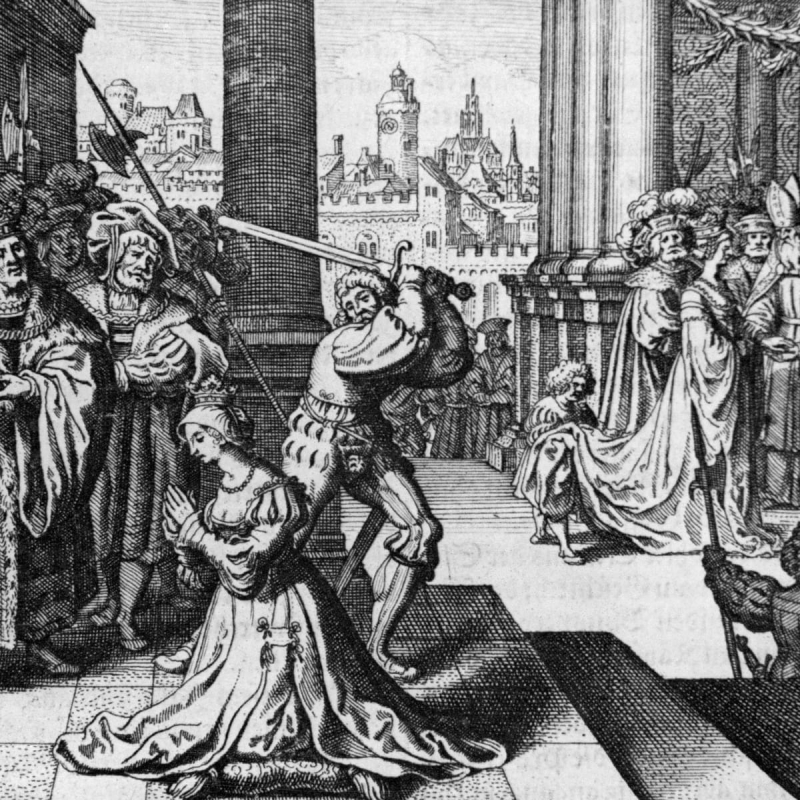
history.com -
Elizabeth moved in with Katherine Parr, Henry VIII's last wife, after his death in 1547, which almost caused a scandal. Elizabeth was well-treated, and Parr made sure she would return to court. Parr then got married to Thomas Seymour, the Lord Admiral, and the younger Seymour uncle of King Edward. Thomas was arrogant, attractive, ambitious, and terribly envious of his elder brother's authority over the young monarch in his role as Lord Protector.
Elizabeth became a beautiful young woman and came into a close relationship with Thomas after he married Katherine. He started making advances on the princess, and the subsequent scandal suddenly placed Elizabeth into the difficult adult world. Katherine died in 1548, just after giving birth. This event made Seymour feel he might advance his political aspirations by marrying Elizabeth and taking over the King. He was imprisoned in January 1549, and his brother, the Lord Protector, had him put to death in March 1549 for treason.
Elizabeth was questioned about her involvement in the plan, but she skillfully refuted the accusations, leading to her final exoneration. It was Elizabeth's calm attitude and extraordinary maturity for a 15-year-old that helped her endure the controversy. She became extremely conscious of the need of defending her sexual reputation after the scandal. On March 20, 1549, Thomas Seymour was executed by hanging.
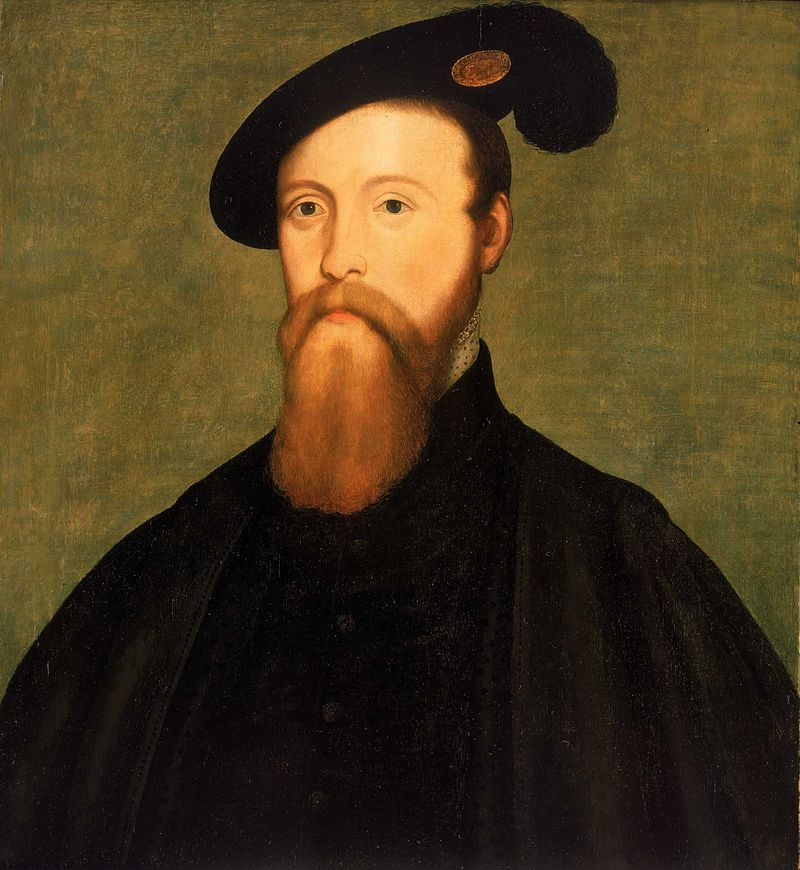
Thomas Seymour - Photo: en.wikipedia.org 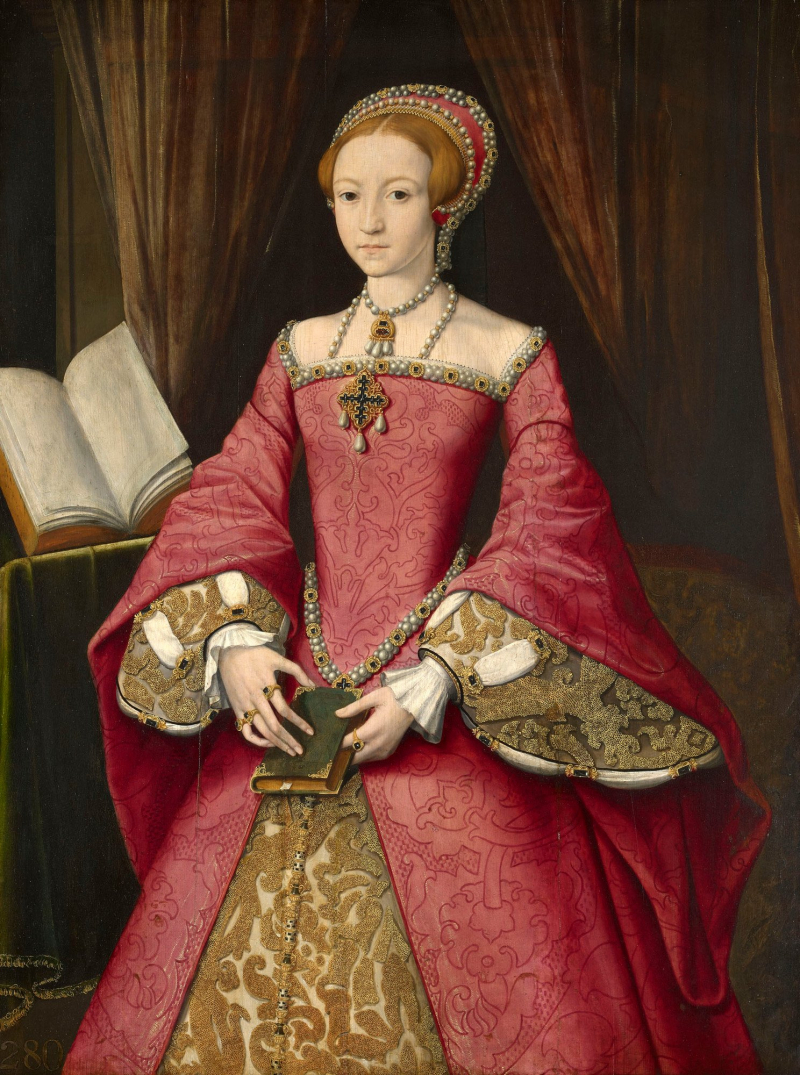
Elizabeth I at the age of around 13 - Photo: rct.uk -
The religious and political regulations established in England during the reign of Elizabeth I are known as the Elizabethan Religious Settlement. The settlement, which was put into effect between 1559 and 1563, is regarded as the end of the English Reformation. It permanently altered the Church of England's theology and liturgy and laid the groundwork for Anglicanism's distinctive identity. Due to the religious reforms started by Henry VIII, Edward VI, and Mary I, England was violently split between Catholics and Protestants when Elizabeth took the throne. Henry VIII became the Supreme Head of the Church of England after breaking ties with the Roman Catholic Church and the pope. The Church of England embraced a Reformed doctrine and liturgy during Edward's rule.
These religious laws were changed under Mary's authority, and the Catholic Church and the Protestant movement were reconciled. To put an end to this religious unrest, the Elizabethan Settlement was created. Elizabeth was given the title of Supreme Governor of the Church of England by Parliament when the Act of Supremacy of 1558 restored the Church of England's independence from Rome. Religious disputes were not resolved by the Settlement. A Calvinist consensus among influential churchmen emerged within the Church of England.
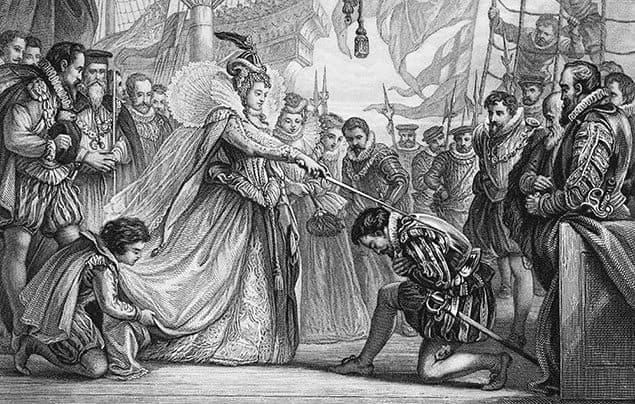
learndojo.org 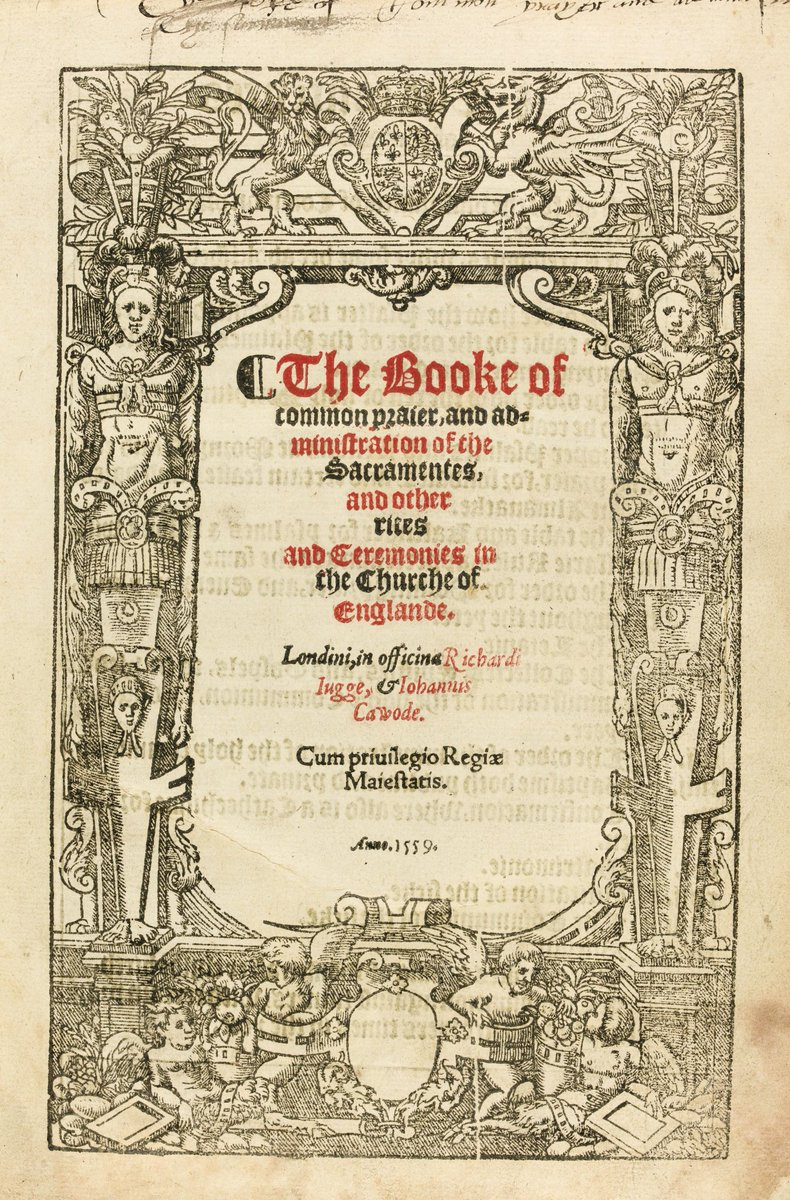
twitter.com -
Elizabeth was assumed to be the successor to the English monarchy at birth. Owing to the annulment of Henry VIII and Catherine of Aragon’s marriage, their daughter, Mary was no longer in that position. Elizabeth was assumed to be an illegitimate child after Anne Boleyn lost the king's affection. Henry married Jane Seymour 11 days after Anne was put to death. Nevertheless, Jane Seymour passed away not long after giving birth to their son, Prince Edward, in 1537. Henry VIII then reinstated Mary and Elizabeth to the line of succession following Edward in 1544.
After Henry VIII's death in 1547, his nine-year-old son Edward VI took over as king until his death in 1553. Mary I succeeded Edward as monarch. Wyatt's rebellion, which sought to dethrone Queen Mary I, started in 1554. Elizabeth was accused of being involved after it was suppressed and questioned. She was arrested in the Tower of London on March 18. Mary had to spare her sister because there was no actual proof that Elizabeth had done anything wrong, but she was not completely convinced. Elizabeth was instead sent from the Tower to Woodstock on May 22 where she would work as a housekeeper for nearly to a year.
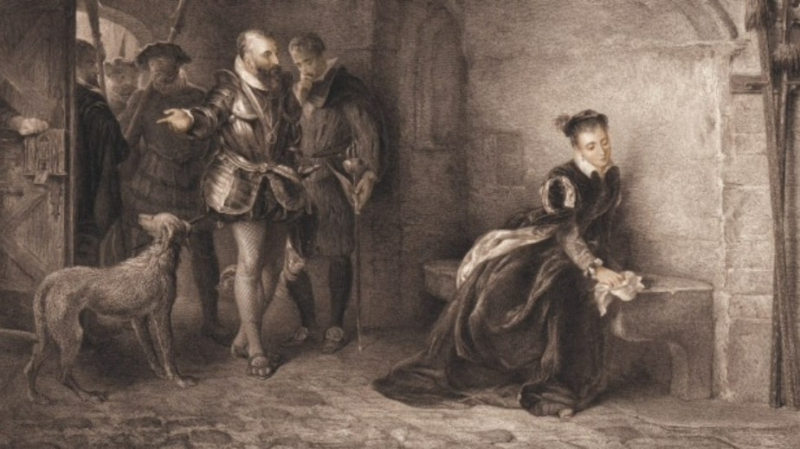
stuff.co.nz 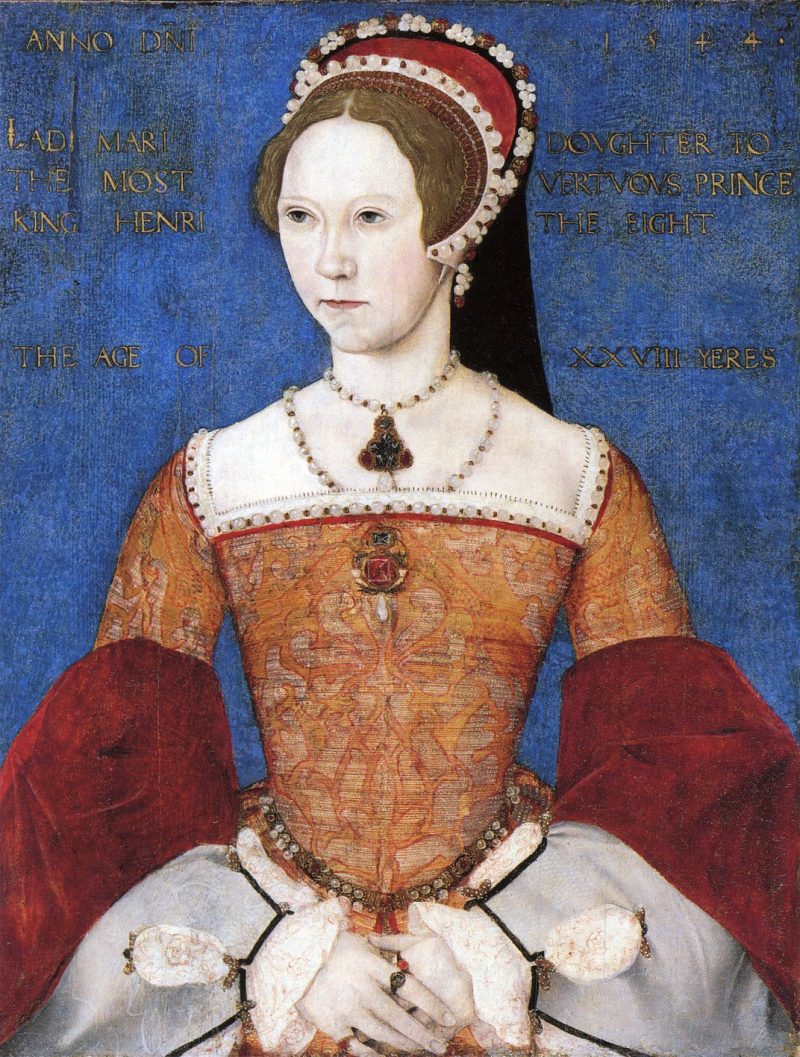
smithsonianmag.com -
England during the reign of Elizabeth I was treacherous. Although the country enjoyed a golden age, she was frequently threatened by France, Spain, and even inside her own country. One of these threats came from Mary, Queen of Scots, her first cousin once removed.
From 1542 to 1567, Mary was the monarch of Scotland. She was a distant cousin of Queen Elizabeth because her grandmother was Henry VIII's sister. The English Catholics considered Mary to be the legitimate heir to the English throne since she was a Roman Catholic. Mary was compelled to abdicate in favor of James VI, her infant son, in 1567 due to a rebellion in Scotland.
Mary went to England in search of Elizabeth's protection after a failed attempt to reclaim the crown. Elizabeth saw Mary as a threat to her kingdom because she was aware of her popularity to English Catholics. After being imprisoned for eighteen and a half years, Mary was eventually convicted guilty of planning to kill Elizabeth. On February 8th, 1587, Mary, Queen of Scots was executed at Fotheringhay Castle. Elizabeth never selected a successor, therefore in the early 17th century, her reliable advisor Robert Cecil engaged in a negotiation with James VI of Scotland. After Elizabeth I died, James VI, Mary's son, eventually succeeded her as monarch of England.
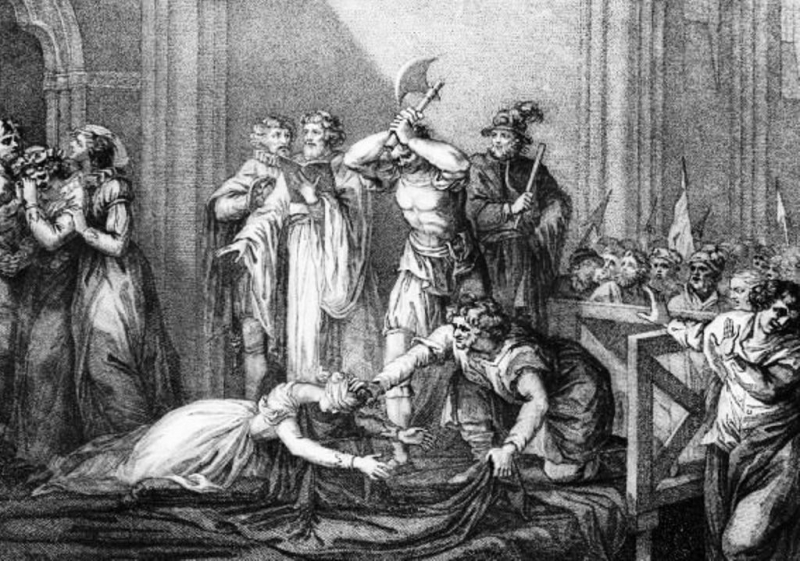
The execution of Mary Queen - Photo: commons.wikimedia.org 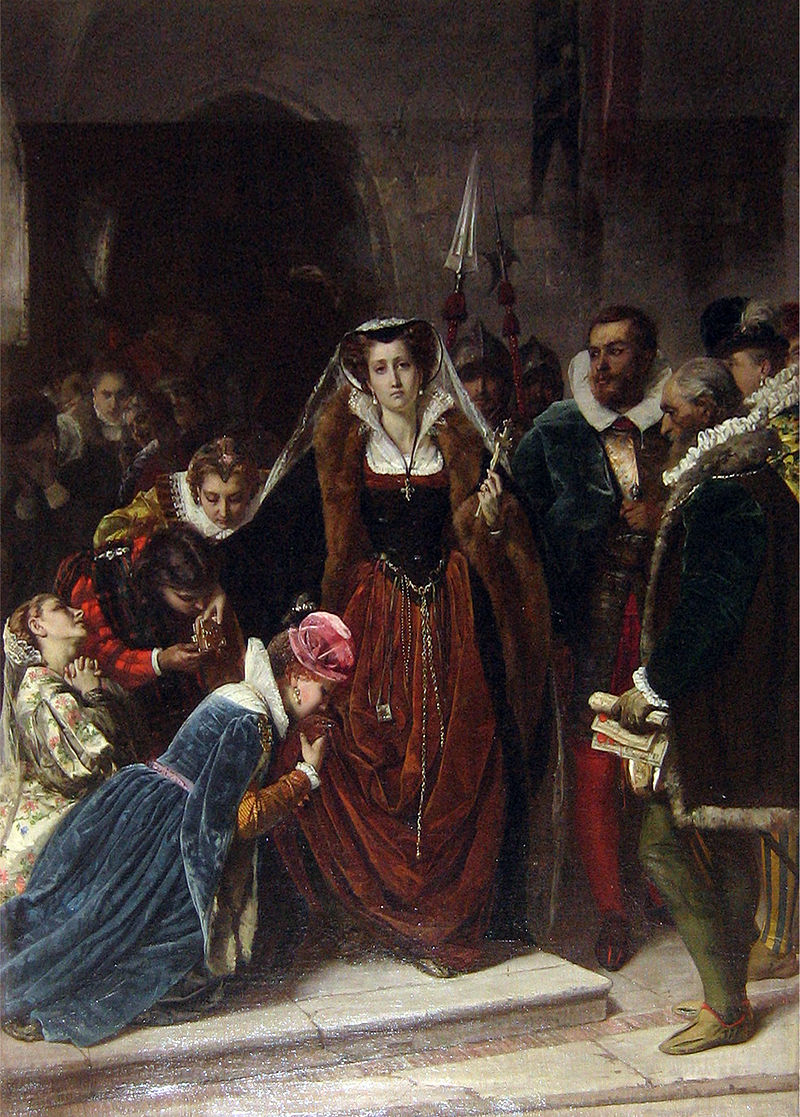
europeanroyalhistory.wordpress.com -
The term "The Elizabethan Era" especially refers to Queen Elizabeth I of Britain's rule from 1558 to 1603. In dramatic contrast to the earlier and later centuries, England experienced stability and internal harmony during this time. It is frequently referred to as the "golden period" of English history by historians. The Elizabethan era is seen as an English Renaissance period that fostered pride in the country via the pursuit of classical ideals, global expansion, and naval victory.
Poetry, music, and literature all flourished throughout the English Renaissance. The Elizabethan Era was most well-known for theatre, with various plays composed by William Shakespeare and many others that we still watch and read nowadays. In order to expand England's empire, it was also a time of international discovery and settlement of colonies under English dominion, particularly in The New World. Among other accomplishments, Sir Francis Drake became the first Englishman to complete a world tour.
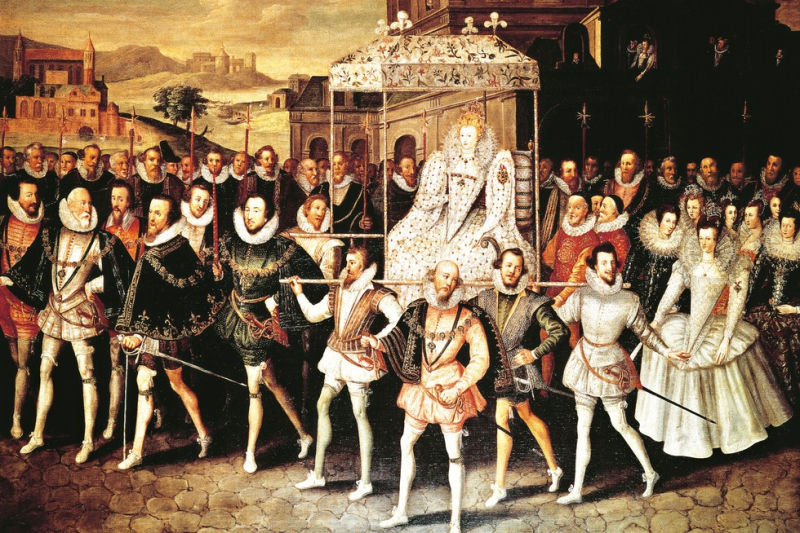
historyextra.com 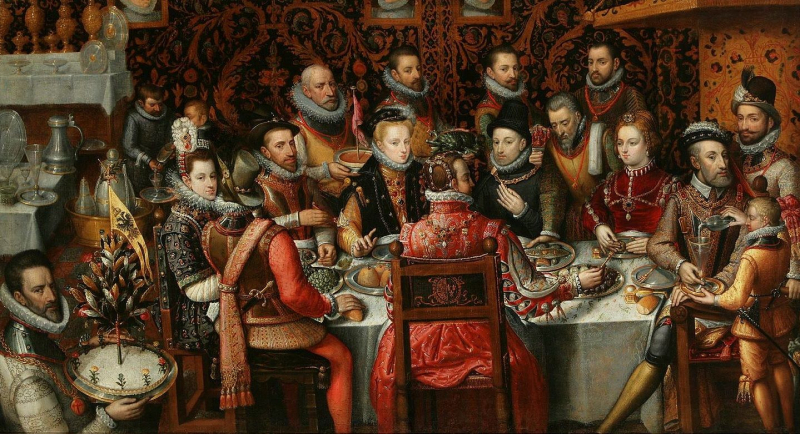
authorsofdiscord.wordpress.com -
The victory over the Spanish Armada, a large fleet of about 130 ships sent from the Roman Catholic monarch Philip II of Spain to support an invasion of England, in 1588 is said to be the most well-known achievement of Queen Elizabeth I. It is considered as one of England's greatest military triumphs in its history.
Elizabeth's reign did, however, start to weaken once the Armada was defeated. Numerous issues beset the country, including protracted hostilities with Spain and in Ireland; a rise in the public's tax load; and a downturn in the economy as a result of subpar harvests and the high cost of the war. The government was also divided, with two factions under the leadership of Robert Devereux, Earl of Essex, and Robert Cecil, Earl of Salisbury.
Her own authority also diminished at this period. Elizabeth experienced acute depression in 1602 after losing a number of her friends. She became ill in March of the next year and passed away in Richmond Palace on March 24, 1603, when she was sleeping. She was 69 years old at that time. In Westminster Abbey, she was buried next to her great-grandfather Henry VI. James VI, the Scottish King, replaced the position of Elizabeth.
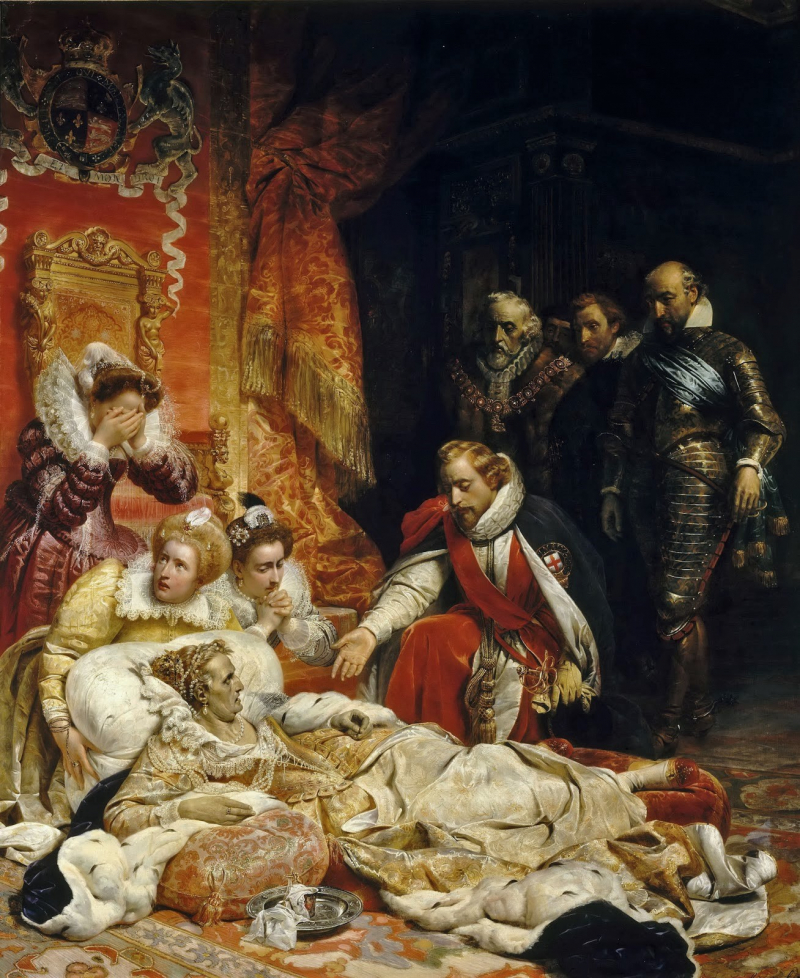
commons.wikimedia.org 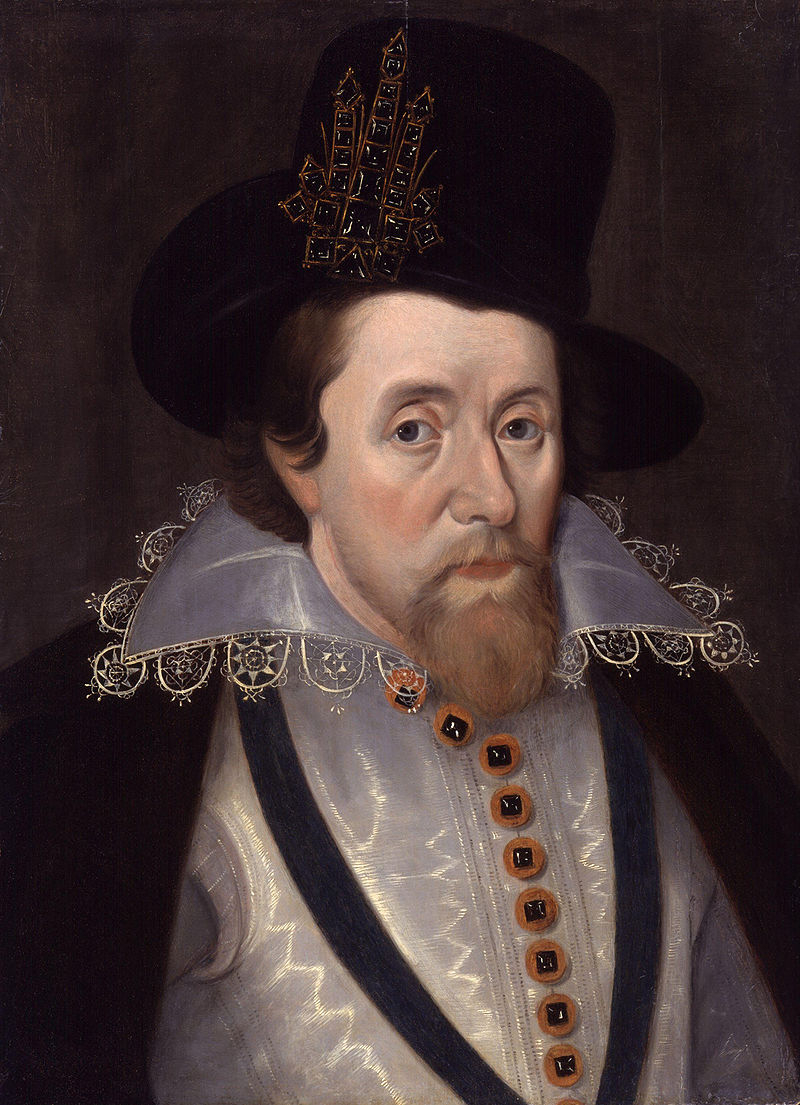
James VI - Photo: torch.ox.ac.uk -
Queen Elizabeth I had no children and never got married. During her entire life, she declined all the proposals of King Philip II of Spain, King Eric XIV of Sweden, Archduke Charles of Austria, Henry, Duke of Anjou, as well as his brother Francis, Duke of Anjou.
Nonetheless, there is a clear indication that Elizabeth was in love with Robert Dudley, a childhood friend. They were engaged romantically. When she was Princess Elizabeth, Dudley attended classes with her and learned math, riding, and dance. Both of them also shared the experience of being imprisoned in the Tower of London during the rule of her sister Mary I as suspected traitors. Elizabeth seriously considered marriage to Dudley after his wife passed away in September 1560. Four years later, she decided to appoint him to be Earl of Leicester. Then in 1578, Dudley remarried after a lot of speculation. It is said that Elizabeth maintained a lifelong resentment toward Lettice Knollys, his wife.
Robert Dudley must be on Queen Elizabeth I's mind all the time because until the day she passed away on March 24, 1603, she still kept his final letter in a box and had it placed beside her bed.
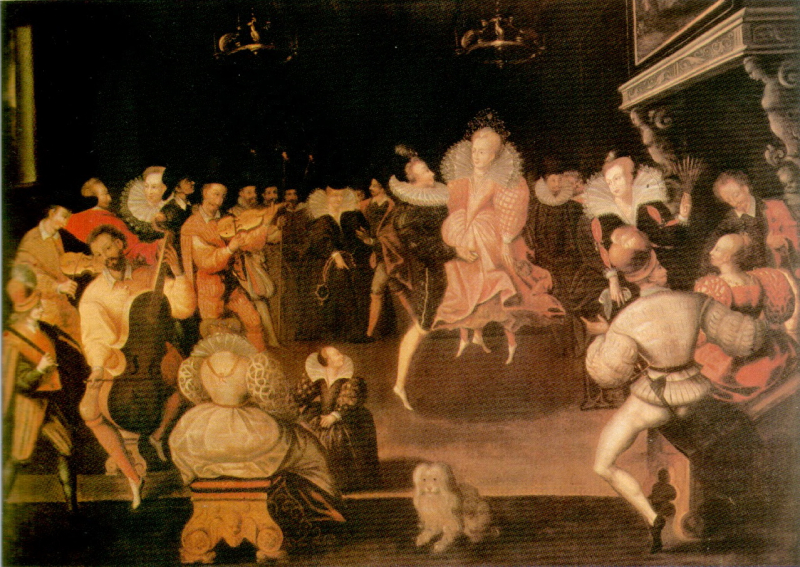
Robert Dudley and Elizabeth dancing - Photo: commons.wikimedia.org 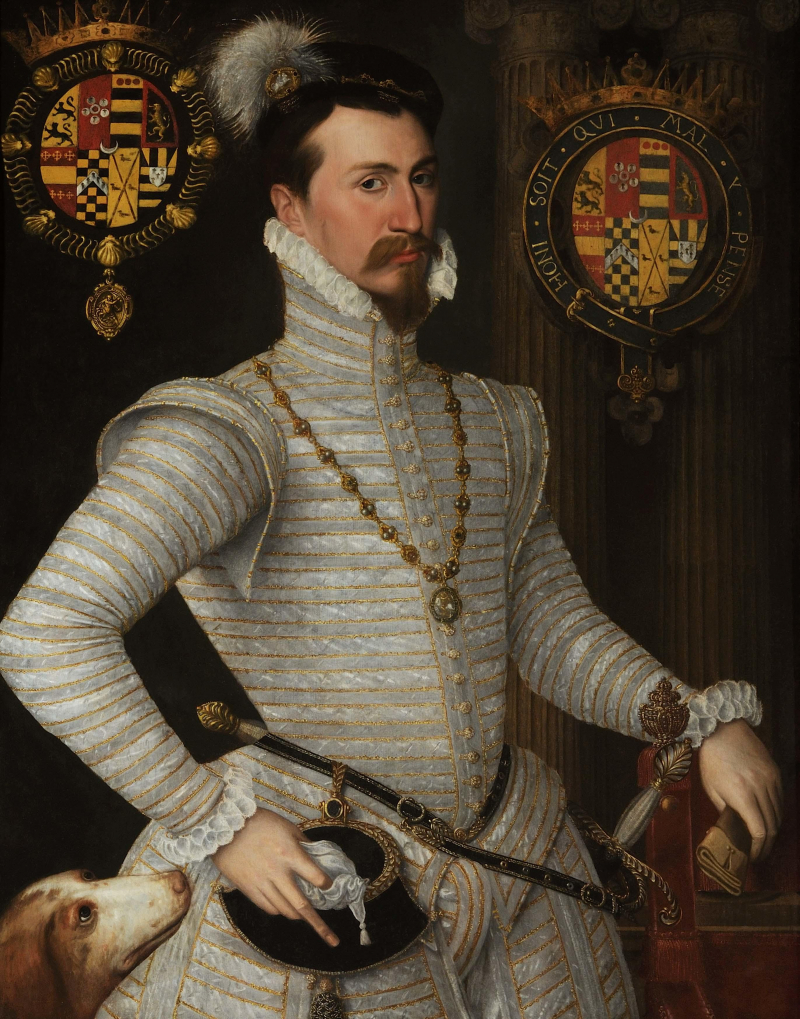
Robert Dudley - Photo: worldhistory.org -
The Tudors was a family with amazing education. Elizabeth was fluent in nine languages, five of which were the languages of the peoples she governed: English, Welsh, Cornish, Scottish, for the region of her territory where the people are still uncivilized, and Irish. Because they are all so dissimilar from one another, no one who speaks any one of them can comprehend any of the others. In addition, she had strong knowledge of Latin, French, and Italian.
Her translations demonstrate her fluency in multiple languages. She could write in a number of languages. As a new year's present for her father, she translated Katherine Parr's Prayers or Meditations into French, Latin, and Italian. Furthermore, she wrote a letter in Italian to Katharine Parr when she was 10 years old and 27 French stanzas. According to Mueller and Marcus, the French and Italian are less true to the source than the Latin.
She lost her French translation of Erasmus' Dialogus fidei for Henry. She also sent letters to her brother Edward VI in Latin, to Mary Queen of Scots in French and prayers in Spanish.
In terms of speaking skill, Elizabeth spoke to the University of Oxford and addressed the Polish ambassador in Latin. She also conversed in Italian during their initial encounter with Guzman de Silva, the Spanish Ambassador.
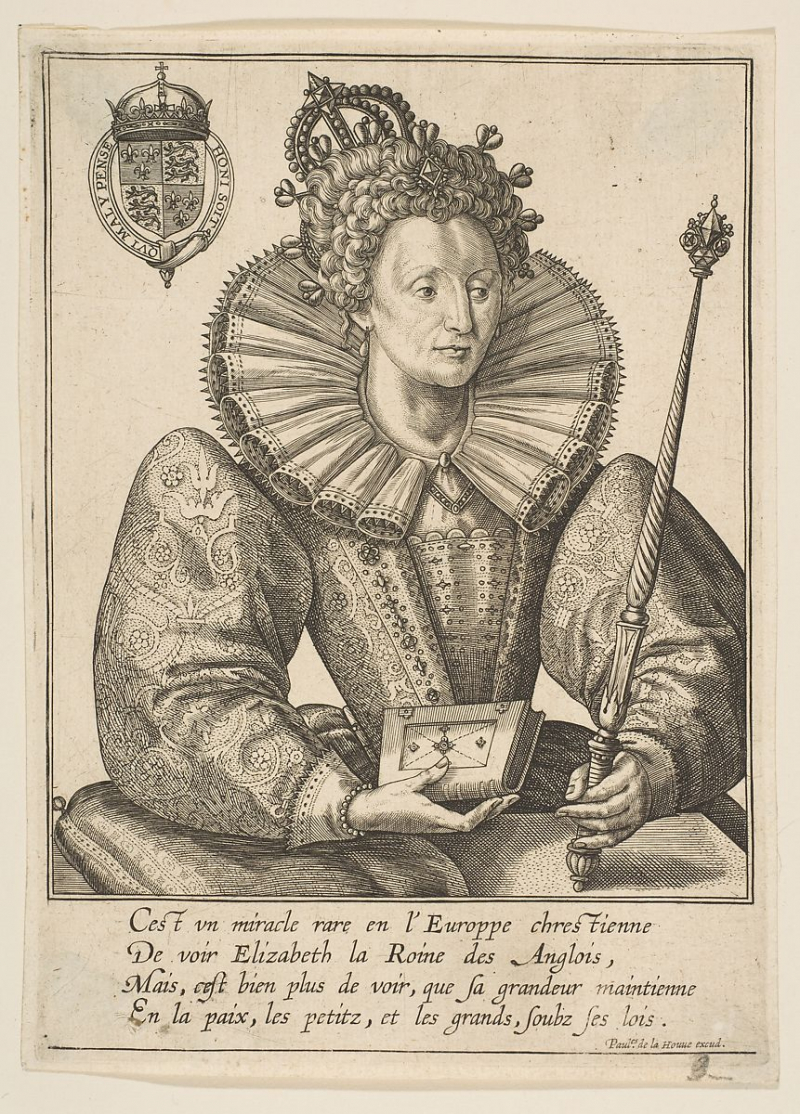
metmuseum.org 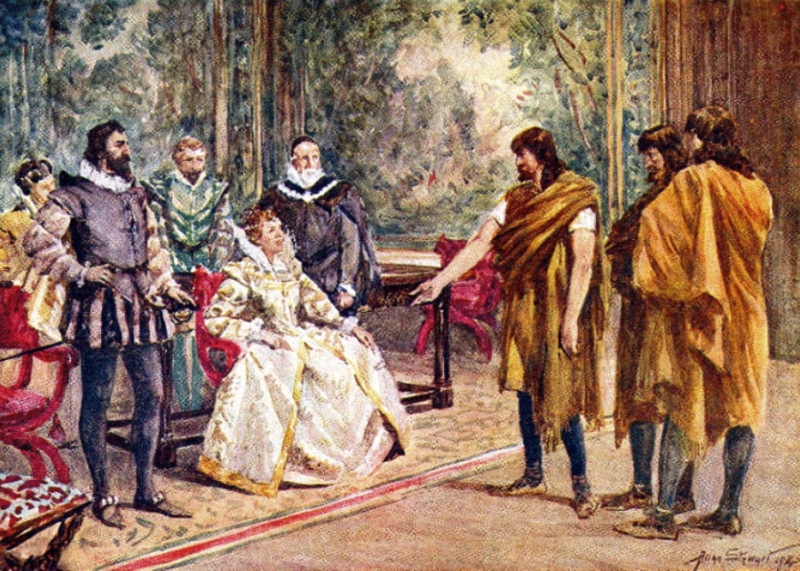
thomdunn.info -
Because she chose not to be married, Elizabeth I of England is frequently referred to as the "Virgin Queen." However, it can be said that her decision was made for complicated reasons.
Elizabeth's reign began with a period of unpredictability and instability. By announcing her marriage to England, she assumed the role of the Virgin Queen. Elizabeth I distinguished herself from other women by becoming the first Virgin Queen, which may have made it simpler for her to gain respect in a highly patriarchal society.
Elizabeth's decision was probably driven by the patriarchal system. If Elizabeth had wed, she would have become the Queen Consort, thus losing all of her power because men were more respected and held in higher esteem in Tudor England. The fact that her father had numerous marriages, some of which had resulted in executions, possibly also made Elizabeth more sober. Given her father Henry VIII's abuse of power, Elizabeth would have been reluctant to get married due to the fear of losing both her power and her life.
Another significant reason was politics. The Queen might have been worried about getting engaged in international problems if she wed a foreigner or worried that marrying an Englishman might spark factional conflict in England.
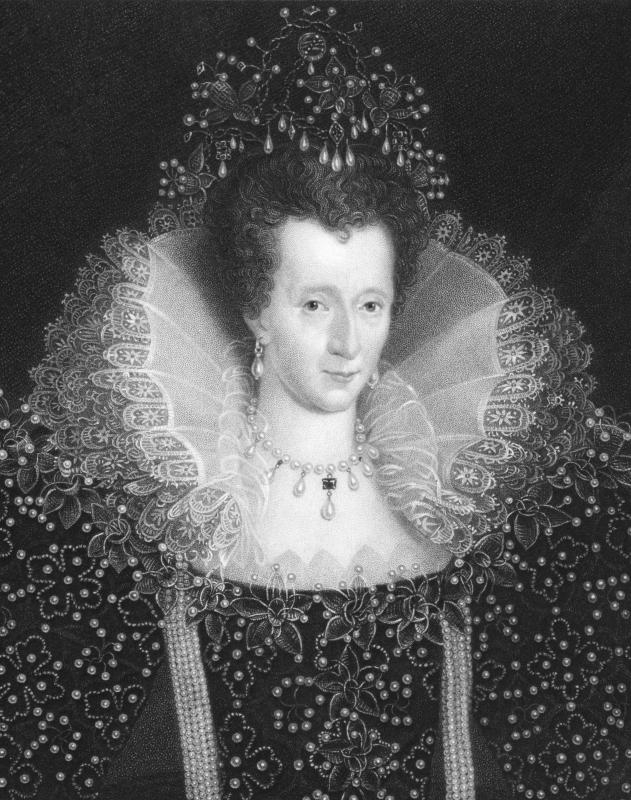
historicalindex.org 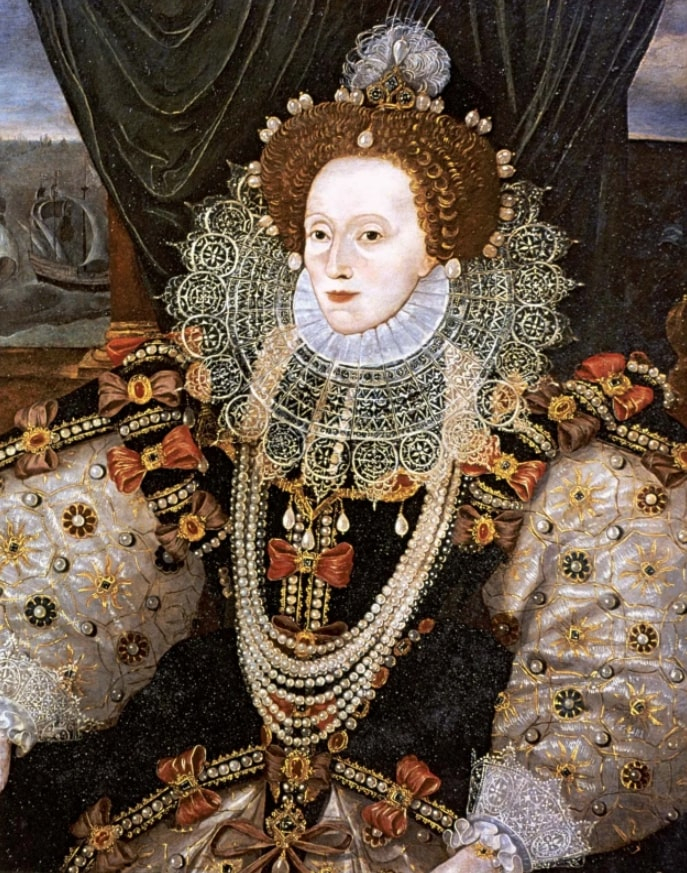
britannica.com












